What is gomphrena and how to grow a flower?
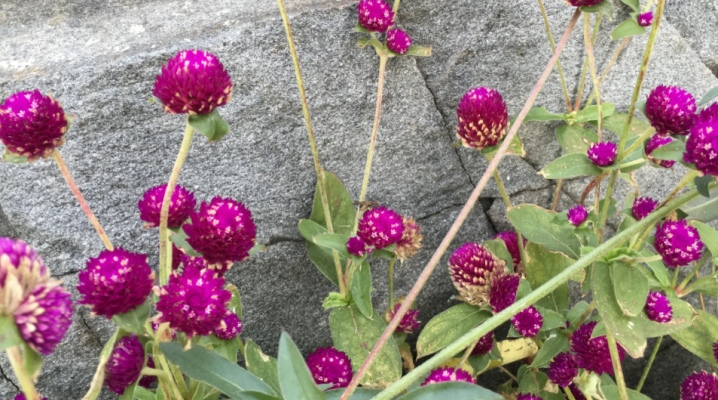
Gomfrena is considered to be a typical representative of the Amaranth family. The plant is actively involved in landscape design, and is also used in interior design as a dried flower.
general description
The name "gomfrena" is used to describe a genus of flowering plants belonging to the Amaranth family. This group unites compact herbaceous annuals and perennials, characterized by the presence of rigid erect or rising creeping stems.
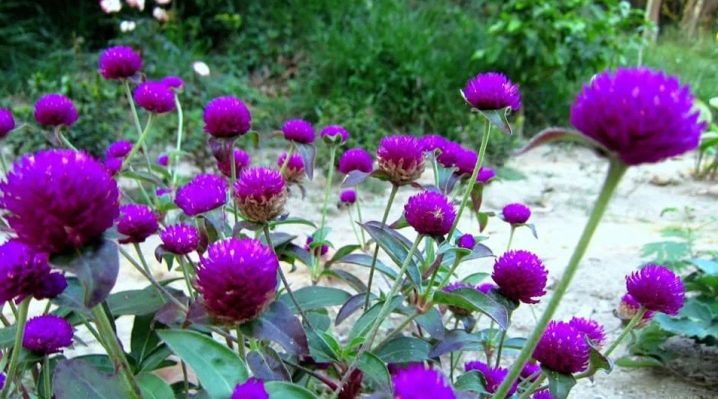
The maximum height of the bush reaches 40 centimeters, but there are also dwarf varieties, the size of which does not exceed 15-20 centimeters. Oval leaf blades are fixed with or without petioles. They are arranged in pairs and are sometimes covered with a whitish downy. Inflorescences that look like a head are formed from flowers of red, white, yellow, blue, purple and other shades.
Closed achenes are the fruits of gomphrene. The grains themselves look smooth, rounded and slightly flattened. The flower is grown for decorative purposes, including as a dried flower. In East Asia, the culture is used for food, and there are also known cases of its use in traditional medicine.
In Russia, all varieties of gomphren are cultivated as annuals, since they are not able to survive the winter temperatures. A plant to care for is considered unpretentious.
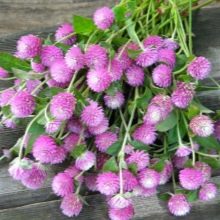

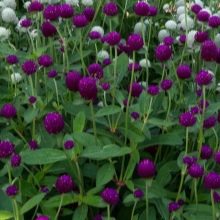
Popular species and varieties
In the genus Gomphrene, it is customary to distinguish more than 100 species, of which the spherical gomphrene is considered to be the type.
Haage
A type of gomphrene called haage is also called golden-flowered. This variety outwardly resembles a spherical gomphrenus, but is covered with a large number of inflorescences. The difference between them lies in the fact that the haage has only two colors: red and orange. The height of the bush is 40-60 centimeters, and the length of narrow pointed leaf blades does not go beyond the boundaries of 3-8 centimeters. Tubular flowers are cast in golden color, hence the second name of the species. The diameter of the inflorescences reaches 4-5 centimeters.
Haage is a thermophilic plant, and therefore refuses to bloom at all if the summer is cold.
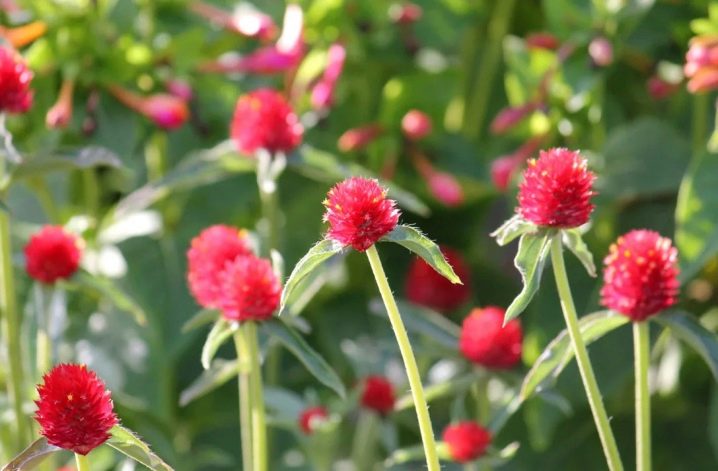
Spherical
The spherical gomphrene reaches a height of 30 to 60 centimeters. On straight stems branched at the base, oval shiny leaves sit. Some of them have a bright green tint, and those that are on the edge are covered with light fluff and tinted in a lilac-gray color. Miniature buds form beautiful spherical inflorescences with a diameter of 40 millimeters. A blooming culture takes on a pink, red, snow-white, raspberry or purple hue. It is possible to enjoy the beauty of this gomphrena from July to October.
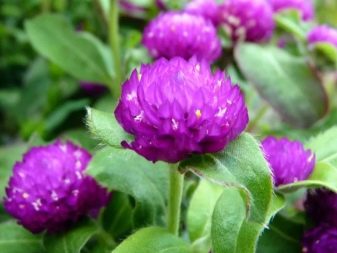
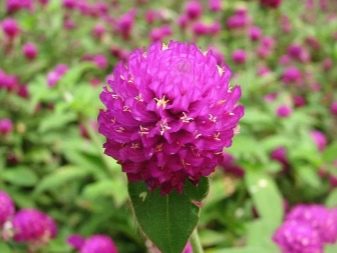
Scattered
Scattered gomphrene is one of the species of the genus of dicotyledonous plants, which is often cultivated in suspended structures. The thick, branched stem is covered with elongated leaves and orange-golden buds. The inflorescences look like a carnation. The most popular cultivar of this variety is Pink Pinheads with pale pink inflorescences. It is most often used for drawing up dry bouquets.

Purple
Purple corrugation does not exceed 30 centimeters in height, but grows rapidly in width. The lush bush is covered with large leaves and capitate inflorescences of purple color. This variety can be cultivated in a pot.
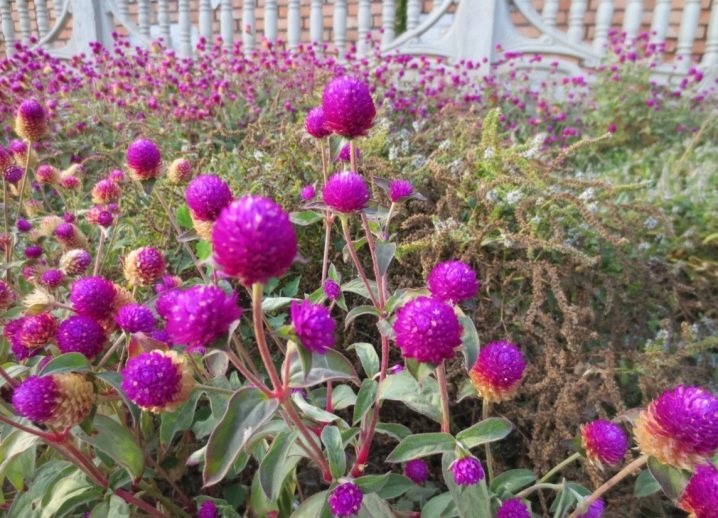
Other
- Gomfrena dwarf, also known as "Gnome", grows only 10-15 centimeters in height. Erect stems at the top are covered with heads of inflorescences of white or pale pink flowers. This variety is optimal for border decoration.
- Gomfrena "Strawberry Glade" is a strongly branched annual. On a bush 30 centimeters high, large bright red flowers appear, the diameter of which is 4-6 centimeters.
- Perennial gomfrena white grows with a carpet, and therefore is more suitable for growing in the garden. The inflorescences of the flower turn white.
- A variety called "tall" considered a rare representative of the genus dicotyledonous. A branching bush, reaching a height of 50 centimeters, is decorated with conical inflorescences of different shades.
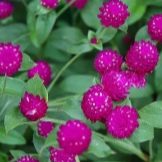
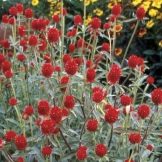
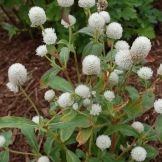

Landing
It is customary to plant gomphrenic seeds for seedlings in early March. Previously, the material must undergo processing, which can take up to one and a half weeks. First, the grains are soaked in warm water for 3 days. On the fourth day, the liquid is drained, and the strained seeds are carefully washed under the tap. The increased size of the material is transferred to a glass jar, covered with a lid and put into the refrigerator for 7 days on the lower shelf.
The container in which the seedlings will develop is filled with a mixture of universal soil from coarse sand or vermiculite. The substrate is well moistened, then compacted and irrigated again. The seeds are removed from the jar, spread evenly over the surface and lightly pressed to the ground. Over the top, the container is tightened with cling film or covered with glass. The structure is transferred to a well-lit place with diffused light, where the temperature can be maintained from +20 to +22 degrees.

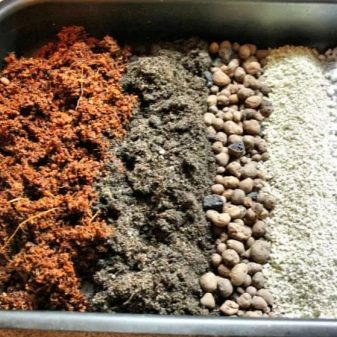
The first shoots will appear in 2 weeks, which is accompanied by the obligatory removal of the shelter. A pick on individual cups with a diameter of 50-70 millimeters is carried out after another 3 weeks. Seedlings will need to be regularly moistened, as well as fed once with a mineral composition. In order for the root system to breathe, the soil in the pots will have to be loosened. Gomfrena is sent to the open ground at the end of the spring frost, that is, at the junction of May and June. A well-lit area, protected from drafts, is chosen for the flower. The soil should have neutral acidity and not be "overloaded" with fertilizers.
For tall bushes, holes are dug at a distance of 30-35 centimeters, and for undersized bushes - with an interval of 15-20 centimeters. The depth of the fossa is determined in such a way that the roots are conveniently placed inside together with an earthen lump. The free space is filled with earth, the surface of the bed is slammed and irrigated.


Growing care
Caring for gomphrenic growing outdoors consists of traditional activities: watering, feeding and pruning. It is also necessary to ensure that the flower is not overshadowed by nearby growing plants. Watering the bushes is recommended only in case of prolonged drought, and then in moderation. If there is an excess of moisture in the soil, then the plant will quickly become infected with a fungal disease. In a rainy summer, you will have to regularly loosen the soil, breaking the earthen crust, and remove weeds.
Fertilization of the culture requires moderate. It is better to avoid nitrogen-containing compounds, since this component provokes the growth of green mass, which, in turn, negatively affects flowering. Complex feeds containing potassium and phosphorus are best selected in liquid format. They have to be brought in twice a season, but necessarily, without waiting for flowering.Before winter, you can try to transplant gomfren into a flower pot and store it in a warm place until spring arrives.
Caring for a crop grown at home is carried out in a similar way. Irrigation should be regular to maintain a light moisture condition in the soil. Top dressing takes place in June and July. For culture, universal mineral complexes are used, the standard dose of which is applied every 2 weeks. Indoor gomfrene requires light and well-drained soil.
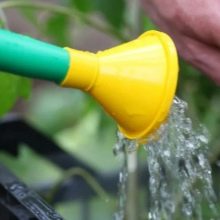
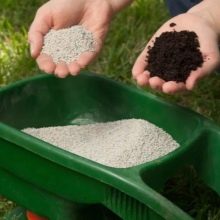
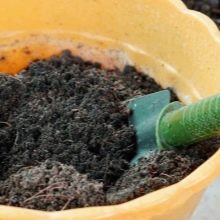
Reproduction
In regions of middle latitude, gomphrene is grown only with seedlings. If you send seeds directly to open ground, then they most likely will not sprout at all. Also, the culture is characterized by a long ripening period, and therefore, if possible, it should be accelerated.

Diseases and pests
Excessive moisture causes the plant to become infected with a fungal disease called blackleg. It is possible to determine this by the appearance of the gomphrene - its stems turn black, and the turgor disappears. To solve the problem, irrigation procedures are temporarily stopped at first, and the soil is sprinkled with wood ash and loosened.
The appearance of a sticky plaque on the bushes indicates the vital activity of aphids. A partially affected bush is saved by folk recipes: soapy water, nettle infusion, wormwood decoction or wood ash. In more serious cases, you have to use insecticides.
Deformation of the leaf blades and the appearance of dark spots on their surface is a symptom that gomphrene has become infected with cercosporia. Infected specimens require treatment with fungicides: Fundazol, Vectra and Thanos.
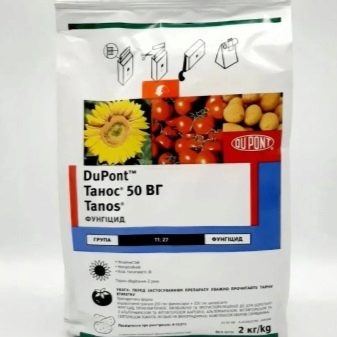
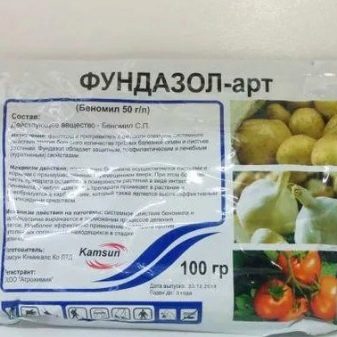
Use in landscape design
The use of gomphrene in landscape design is quite extensive. Compact bushes are planted on any variation of flower beds, especially "autumn" ones. The plant becomes an organic part of rock gardens and rockeries, and also finds its place on the curbs. It is customary to combine gomfren with a variety of wildflowers: hydrangea, amaranth, salvia, cosmea and others.
Do not forget that amazing dried flowers are obtained from a flower, which can become an interior decoration or be used in floristry. The plant looks interesting against the background of succulents and is harmoniously combined with other dried flowers - the same options can be successfully implemented in landscape design.
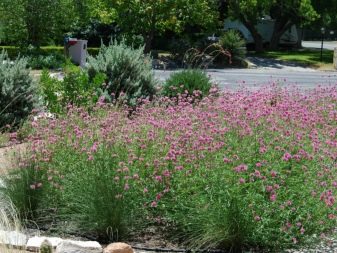
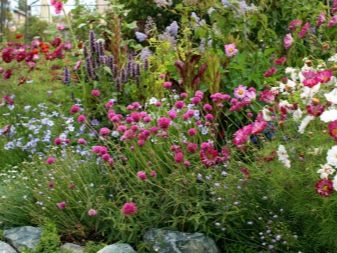

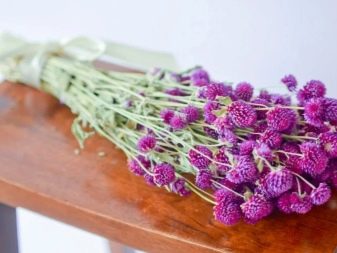







































































































The comment was sent successfully.